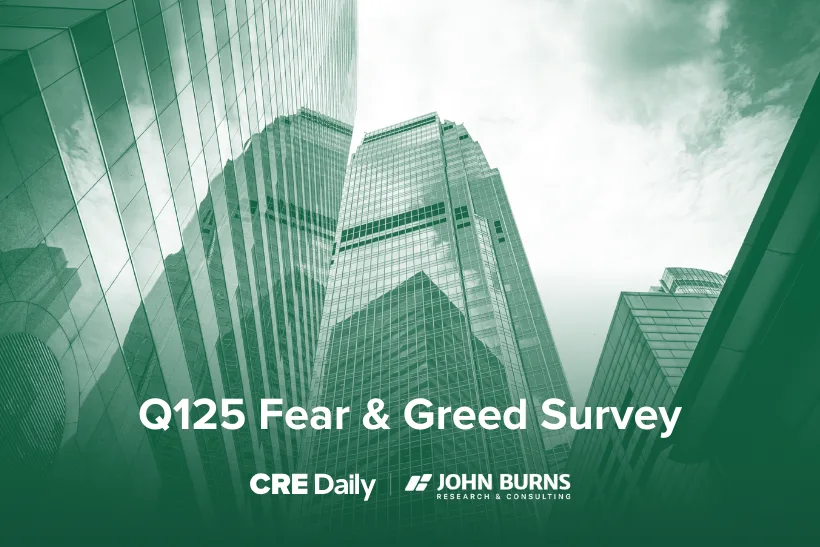- Amid a broader CRE slump, multifamily stands out as a preferred sector, driven by limited housing supply and barriers in the single-family market.
- Sun Belt markets show strong absorption rates despite high completions, while other regions reach even higher occupancy rates, driven by homebuyer affordability challenges.
- Improved financing conditions, including lower Treasury yields and a Fed rate cut, are making multifamily more attractive for investors.
- Despite looser market conditions, steady demand for rentals and ongoing absorption of new inventory highlight the sector’s adaptability.
While investor confidence in office, retail, and industrial real estate remains low, multifamily housing is regaining attention. According to Altus Group’s Q3 2024 U.S. CRE Survey, 69% of investors expect multifamily to outperform other sectors, attributing this to limited housing supply and affordability challenges in the single-family market. However, it’s worth noting that multifamily transaction volumes are still about 35% below pre-pandemic levels.
Sun Belt markets—like Phoenix, Dallas, and Atlanta—saw a 20% surge in multifamily completions last year. Even so, absorption rates above 90% have eased concerns of oversupply. The Northeast, Midwest, and West, where construction is slower, are seeing even stronger occupancy rates, reaching up to 95%. Meanwhile, with pending home sales down 13% year-over-year, more potential buyers are shifting toward rentals as single-family homes become increasingly out of reach.
Get Smarter about what matters in CRE
Stay ahead of trends in commercial real estate with CRE Daily – the free newsletter delivering everything you need to start your day in just 5-minutes
The October 2024 National Multifamily Housing Council (NMHC) survey indicates an improvement in sales, equity, and debt financing, with all indices climbing above 50. The 10-year Treasury yield fell 28 points, while the Federal Reserve enacted a 50-point rate cut, improving debt availability. Equity financing is at its most favorable level in more than two years, suggesting growing investor confidence in the sector.
The NMHC’s Market Tightness Index came in below 50 for the ninth consecutive quarter, reaching 37, indicating looser conditions. However, absorption rates have kept pace with supply, with 40% of survey respondents perceiving the market as looser, up from 27% in July. Despite elevated multifamily deliveries, strong rental demand has helped absorb much of the new inventory, signaling a degree of resilience.
While multifamily market conditions are softening, investors see opportunity in improving debt and equity access, making it one of the few bright spots in commercial real estate. Continued demand, even amid rising vacancies, suggests that the sector’s appeal is not just cyclical but indicative of a broader shift in housing preferences.
















